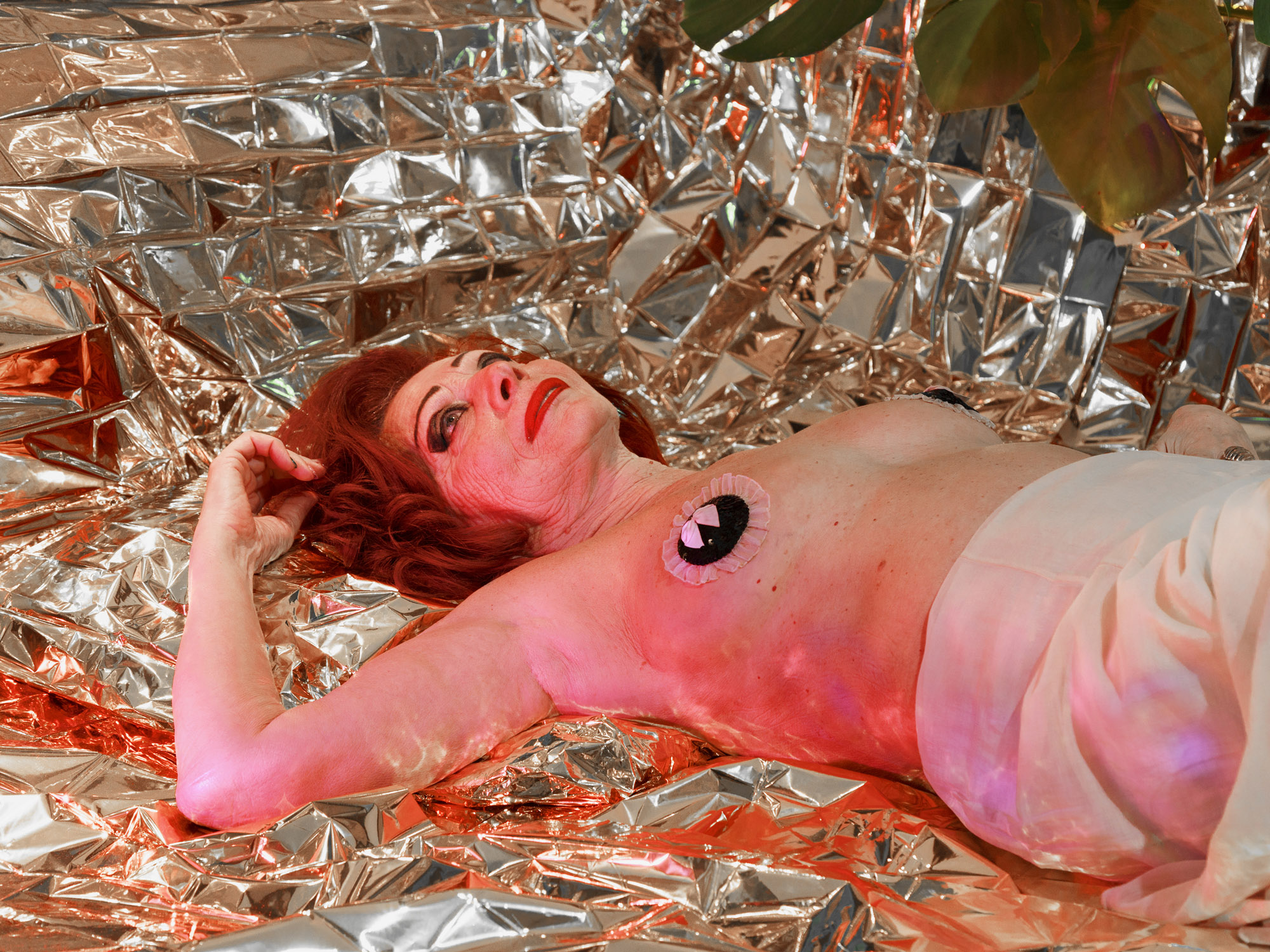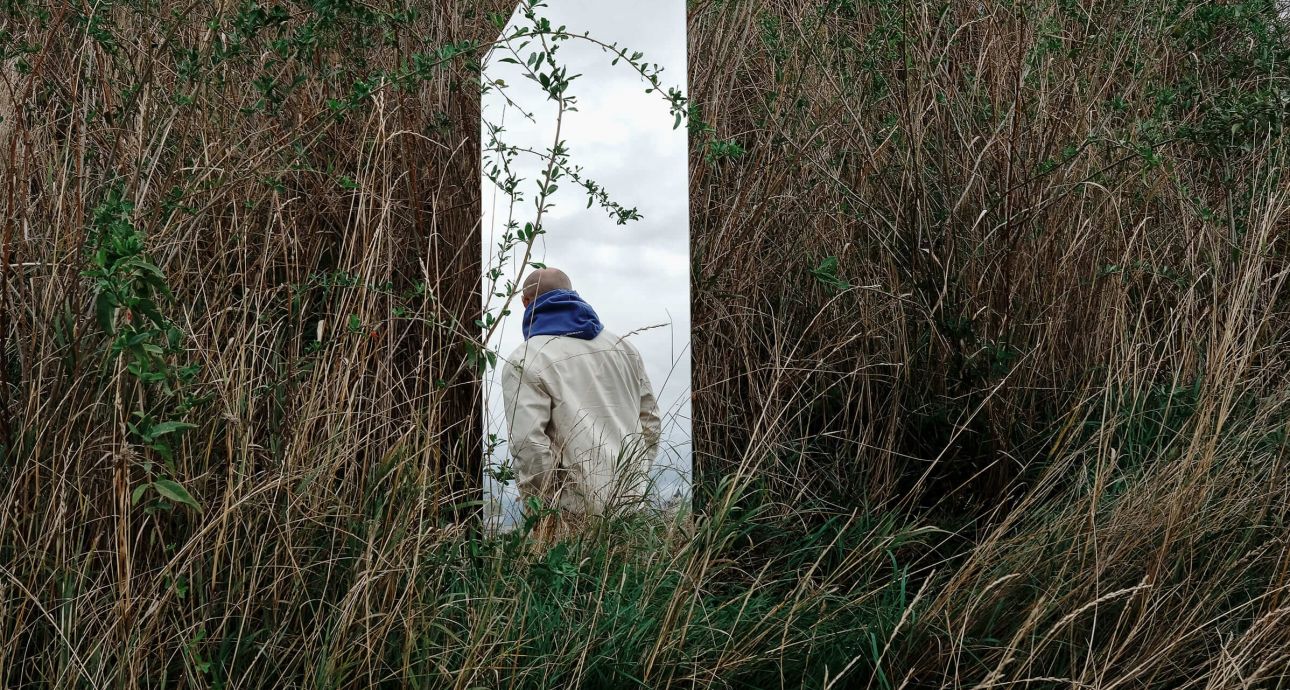
Valentin Bo: “My Photographs Shocked My Mom”
Valentin Bo is a Ukrainian photographer specializing in art photography and portraits, often creating works at the intersection of genres. Bo spent two and a half years working on his latest big project, “Your Next Step Would Be to Do the Transmission.” This project, dedicated to the Raelians, a religious sect that believes aliens from outer space created human life through cloning, brought him participation in FOAM’s Talent Programme (The Netherlands) and victory in several international photographic contests, including the Bird in Flight Prize.
The editors decided to ask Valentin Bo how he finds the imagery for his surrealist projects, how a Ukrainian photographer can make his way to Europe, and why, since the “Transmission,” he still hasn’t shot anything large-scale.

Photographer, Bird in Flight Prize ‘18 winner, Bird in Flight Prize ‘21 jury member. Born in Lutsk, living in Kyiv. Valentin has shot for Vice and Vogue magazines, among others. A work from his series “Your Next Step Would Be to Do the Transmission” is included in the collection of the Photography Museum FOAM in Amsterdam.
At the exhibition “Sensitivity. Contemporary Ukrainian Photography” (Mystetsky Arsenal), your works were presented at the very end of the exposition. It gave you a feeling that the work of Valentin Bo was the last stage in the development of Ukrainian photography. What do you think about it?
I liked that my project kind of echoed the works by Synchrodogs. But why they closed the exposition with my project – I have no idea. There are many good Ukrainian authors represented in the exhibition: Mikhailov and Pavlov, for instance. I think this is Max’s concept (Maxim Gorbatsky, one of the exhibition’s curators – Ed.), and I don’t mind. To some extent, it flatters me.
Do you like this exhibition?
I haven’t seen enough of this exhibition to assess it: the first time was at the editing stage, the second – when I drove to the opening with my mother, she had just been through surgery; we could not stay there for a long time.
It certainly was a much-needed high-quality event. There have been no large-scale exhibitions in Kyiv for a long time. Of course, there was a lockdown, and everyone was suppressed. Meanwhile, Ukrainian photography has continued to develop.
A year ago, in an interview, you said that status is important to you. Is that still the case?
I am not sure that the word “status” was mentioned in the interview. But to be honest, in anything you do, self-actualization is important.
When the Photography Museum FOAM in Amsterdam included your work in their collection, did your status change?
I wouldn’t say that this is an extraordinary event on a global scale, but it’s indeed important for me. It was like getting a message: “Hey, dude, despite your doubts, you are doing everything right.” I wanted to do a project, I chose a rather bizarre topic, but I achieved a result that I can be proud of.

You have architectural education. Was it your conscious choice to be an architect?
Yes. My parents are architects. I grew up at a design institute. Mom’s boss, the chief architect, reminds me at every opportunity: what a pity that I don’t follow my parents’ path, she says.
Wasn’t it bitter to say goodbye to this profession?
If I worked at
How do your parents feel about what you do today?
I often had to make excuses to my mother for my photographs; they shocked her. It is difficult to understand my work for people of her generation without specific experience. I often had to make excuses to my mother for my photographs; they shocked her.
And although my mother does not understand my art deeply, she is proud of the result. She says: “I knew that you are talented in everything you do. Of course, I don’t understand anything about your photographs, but I am glad that you are appreciated.” My dad thinks alike.
Let’s talk about your main project to date. At first, you filmed parties and participated in daring street-art projects, then you disappeared for a while and suddenly presented “Transmission,” a mature and original project. How did you get there?
This is a normal process of growing up. Yes, I indulged myself in trying this and that. But then I realized that I was no longer at the age to generate content on Flickr and Tumblr. I wanted to do something serious; I wanted to prove, first of all to myself, that I am capable of something more than taking pictures with a point-and-shoot camera, which, by and large, does not say anything about my abilities.
In addition, at that time, I had thoughts of leaving for Los Angeles, and to get the O1 visa (a non-resident US visa for people who demonstrate extraordinary ability in their field – Ed.), I needed achievements. So I decided to try and win something serious. Being selected for FOAM’s Talent Programme is indeed one of the most significant awards for a young photographer.
How long did you work on the project?
Two and a half years have passed from the moment of coming up with the idea to its
implementation.
I spent most of my time researching, selecting material, and sifting through the images. Then, I proceeded to more and more color grading. The shooting itself took only 20% of the time.
I had a deadline to apply for FOAM’s Talent Programme, and it didn’t let me relax. If it weren’t for this, I would have been engaged in research for a year because this story is so complex that it’s worth digging.
When I had enough material, I felt burnt out. I no longer had a global goal to continue my studies – after all, I was not writing a doctorate.
British architect, one of the founders of the hi-tech style
The visuals in “Transmission” are very unusual. How did you work on them?
Before going to sleep, I have a borderline state: I am still awake, but nothing distracts me from my inner sensations – a kind of silence vacuum. More often than not, the images in my head appear at that time. This happens because we digest some material for a very long time, and before going to sleep, our brain generates associations.
It was the same with “Transmission.” I took notes on the phone; re-reading them in the morning, I realized that this was complete nonsense. Revising them later, I chose three ideas; then, I made ten stories out of them.
I have no problems visualizing images in my head; that is, I don’t have to sketch them. If I am already clearly focused on something, I have a freeze-frame image in my head that I can later return to. In “Transmission,” I sketched two plots: with the embryo and with a woman in the operating room who played the role of
Why haven’t you develop further the ideas and images from “Transmission”?
I wanted to release a book. But my mother’s illness led me in a completely different direction; I fell out of context for a year.
“Transmission” came out three years ago; after that, you didn’t do anything big. Are you not afraid of oblivion, of having to declare yourself anew?
To assert yourself is not a goal in itself. First of all, you need to generate excellent content. Then, if it is up to the mark, there is no need to think about declaring yourself.
Yes, but you said that you took on the “Transmission” to declare yourself.
Then, with a suitcase in my hands, I jumped onto the step of the train, which rushed me forward.
Are you still riding this train now, or have you already jumped off?
It feels like I’ve driven into a pit stop.
Are you looking for a new topic?
I live by my impulses. Now I am inspired by my new business. It will stimulate me to continue this aesthetic but in a new way. I have been busy opening my studio.
Tell me about it.
It will be a production studio in a large enough location: about 400 square meters, five stages. I will do projects and create image content for brands; the studio will also guest other artists. I would like to make some kind of synergy between business and creativity. As practice shows, doing creative work in Ukraine is a thankless job. With the help of the studio, I want to make my old dream come true: to turn my passion into profit. For many years, my main job was the construction of swimming pools. This allowed me to be afloat and take photographs. I needed money to make “Transmission,” the whole project cost me about 3 thousand euros.
leader of the Raelian sect
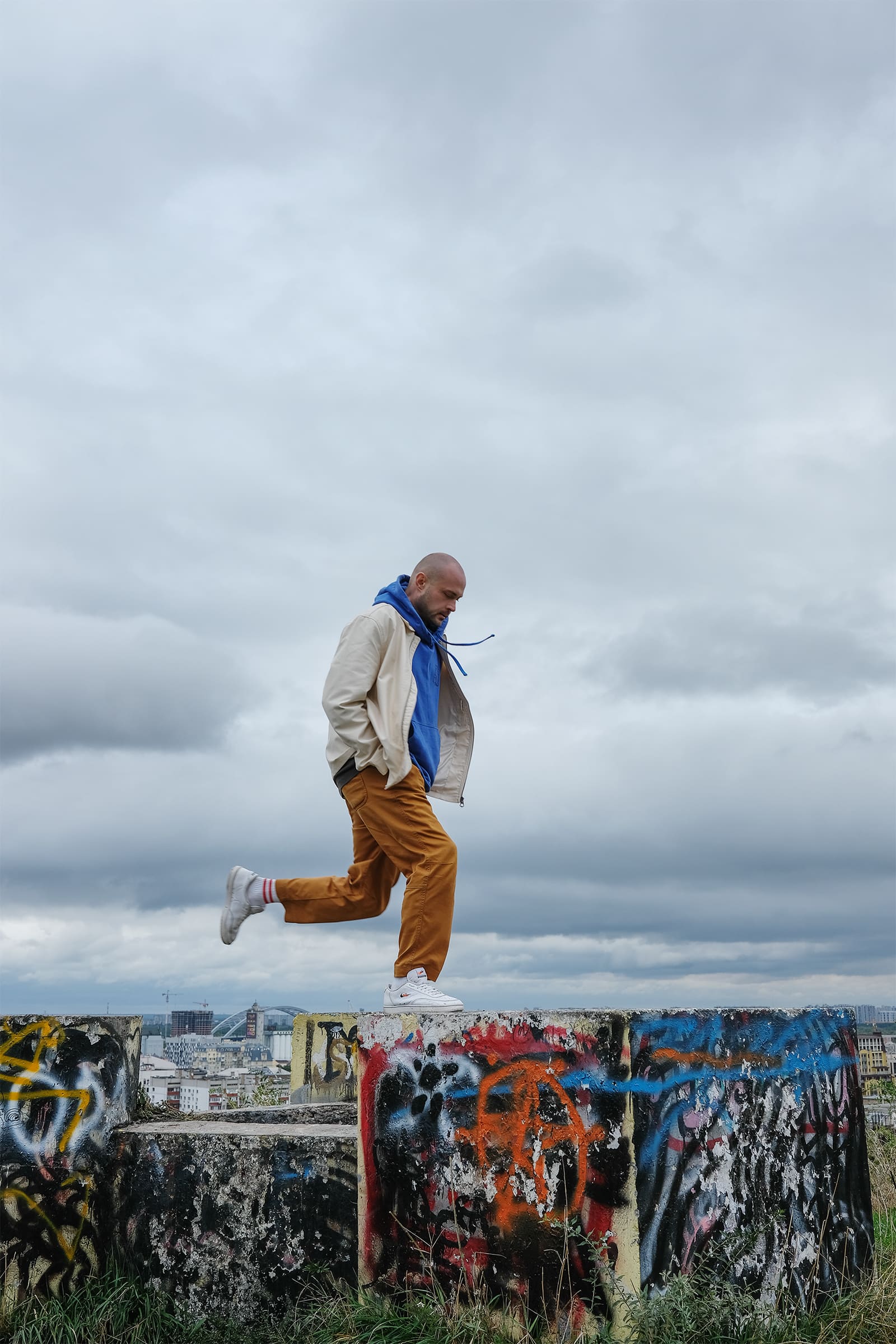
There is such a well-known method: discard the first two ideas which come to your mind to avoid commonplace ideas. Do you stick to it when you work on your projects?
No. There can be no mathematical formulas in creativity.
I trust the images that appear in my mind, even if it may not be possible to shoot exactly how I planned. Any shooting, no matter how confident you are, is always stressful. You don’t know what will happen. It’s one thing when you shoot for yourself, and you can always reshoot; it’s a different story when you have people on the set, and their work costs money. And if today I screw the filming, I won’t be able to say: sorry, it didn’t work out, let’s do it another time.
Was it easier for you to shoot when you were less successful?
Yes, but I don’t like it when it’s too easy. If you feel that you can do anything exactly the way you want, then you either are the last motherf***er, or you have reached a very high bar.
If you feel that you can do anything exactly the way you want, then you either are the last motherf***er, or you have reached a very high bar.
You often shoot portraits. How do you make them so captivating?
Probably, no one, except models, likes to be photographed. In front of the camera, people feel constrained. And when this constraint manifests itself in facial expressions and breathing, people assume a static position, turning into an inanimate object. Therefore, I ask them to take a breath, exhale, and at this stage, when the person is in the most relaxed state, I take a photo.
You filmed Antoine d’Agata, Orlan, Stefan Sagmeister, Arsen Savadov, David Lynch. Which one was the most interesting for you to photograph?
Probably d’Agata: he is so extraordinary. I have never taken pictures of people with such a background and striking appearance. His eyes are like a giant soap bubble reflecting the plots of his life, his whole story.
Italian photographer who shot a campaign for Benetton
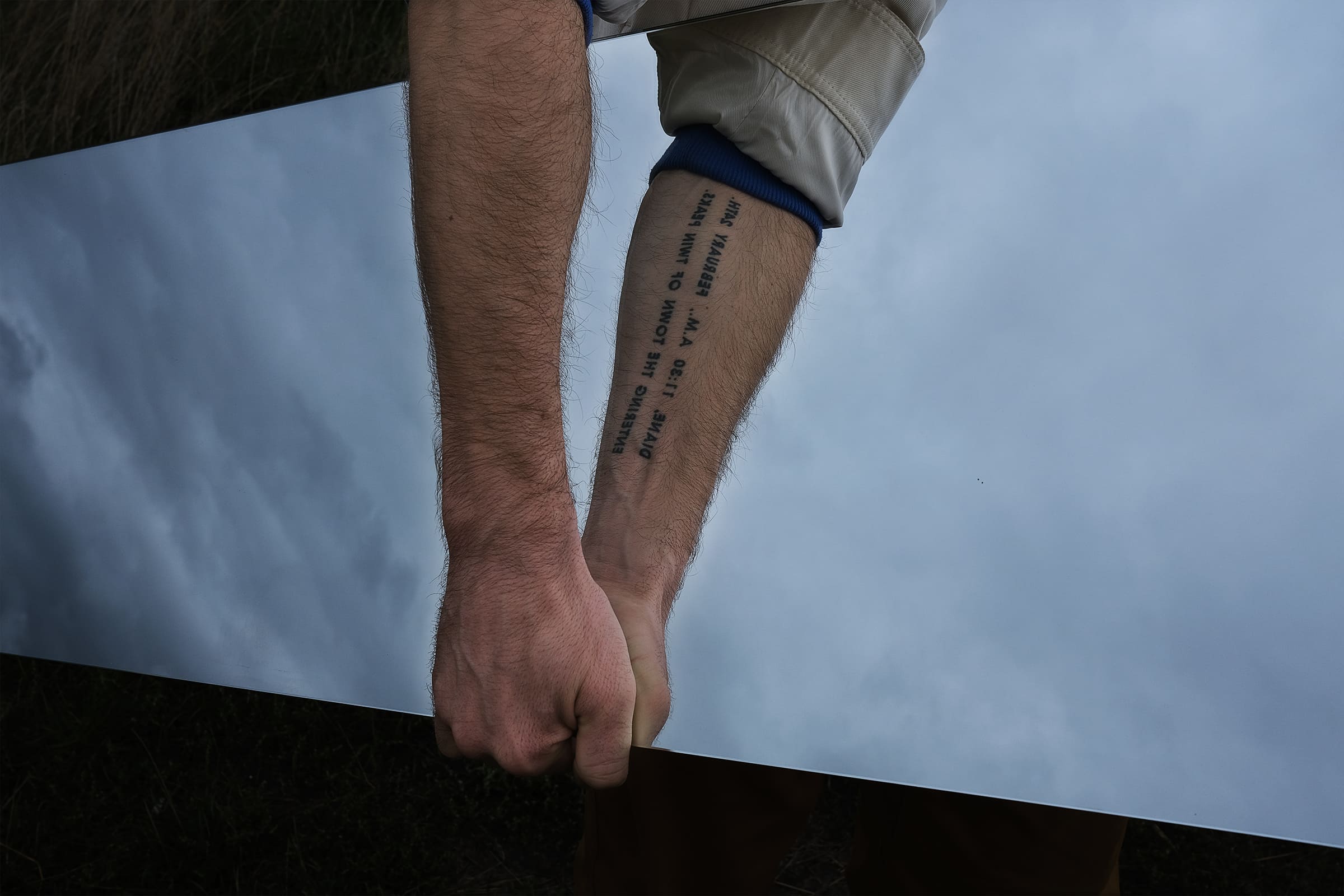
Many Ukrainian photographers spend a great deal of effort and time trying to make their way to Europe: they send numerous letters to convince the galleries. How did you get through?
My path is much easier than what you’ve just described. The simplicity lies in the fact that “Transmission” is my only serious knock on the doors of European institutions. After that, Photo Vogue Festival and other festivals began to invite me. That is, I did not spam the galleries.
How is working with European curators different from working with Ukrainian ones?
Curators in Europe work on a completely different level. They have a more thorough approach to the selection; they are more careful of how one picture interacts with another. When I was working with Ukrainian curators, these moments were given the least importance. Here it works like this: there is a certain photographer, there is a time when the exhibition will take place, and the author is given a wall. How will these works coexist with other pieces? Will their vicinity be appropriate? In Ukraine, the curators pay less attention to these issues.
Are there Ukrainian curators who do work in a European way?
Yes, there are. Masha Lanko and Liza German.
What photographers are you currently following?
There are a few artists I am interested in that I follow on Instagram, many from the Webber photography agency. For example, there is Mark Peckmezian — a great portraitist. I can’t say that he is from the fashion world, but he mainly shoots fashion. I really like his style.
Are you interested in fashion photography?
I used to think that I would never shoot fashion. But nowadays fashion photography can be very cool, very artistic – this attracts me.
Perhaps shooting fashion is your next step?
I am not sure. Many photographers, whom society calls fashion photographers, do not think of themselves as such. For example, the same Mark Peckmezian shoots fashion for world brands. Nevertheless, for him, commercial fashion is an evening job. In the morning, you need to wake up with art.
What is creativity for you?
It is about giving my feelings, views, and ideas a complete form without harsh interference from outside. The result can be anything. Now, for example, I spend a lot of time searching and listening to music. My studio will also specialize in sound design, which will be done by my younger brother.
I want to combine such areas as photography, video, and music, juggle them, and look for new forms. This will include commercial contracts and working with brands.
If I get it right, you are still looking in the direction of advertising photography.
Definitely. I think it’s time to do worthy projects in this field in Ukraine. For many years, I have denied commercial photography, doing only creative photography. Except for publications in the local media, this did not bring me anything. Now I want to work in a different format – to continue to do art but get paid for it.
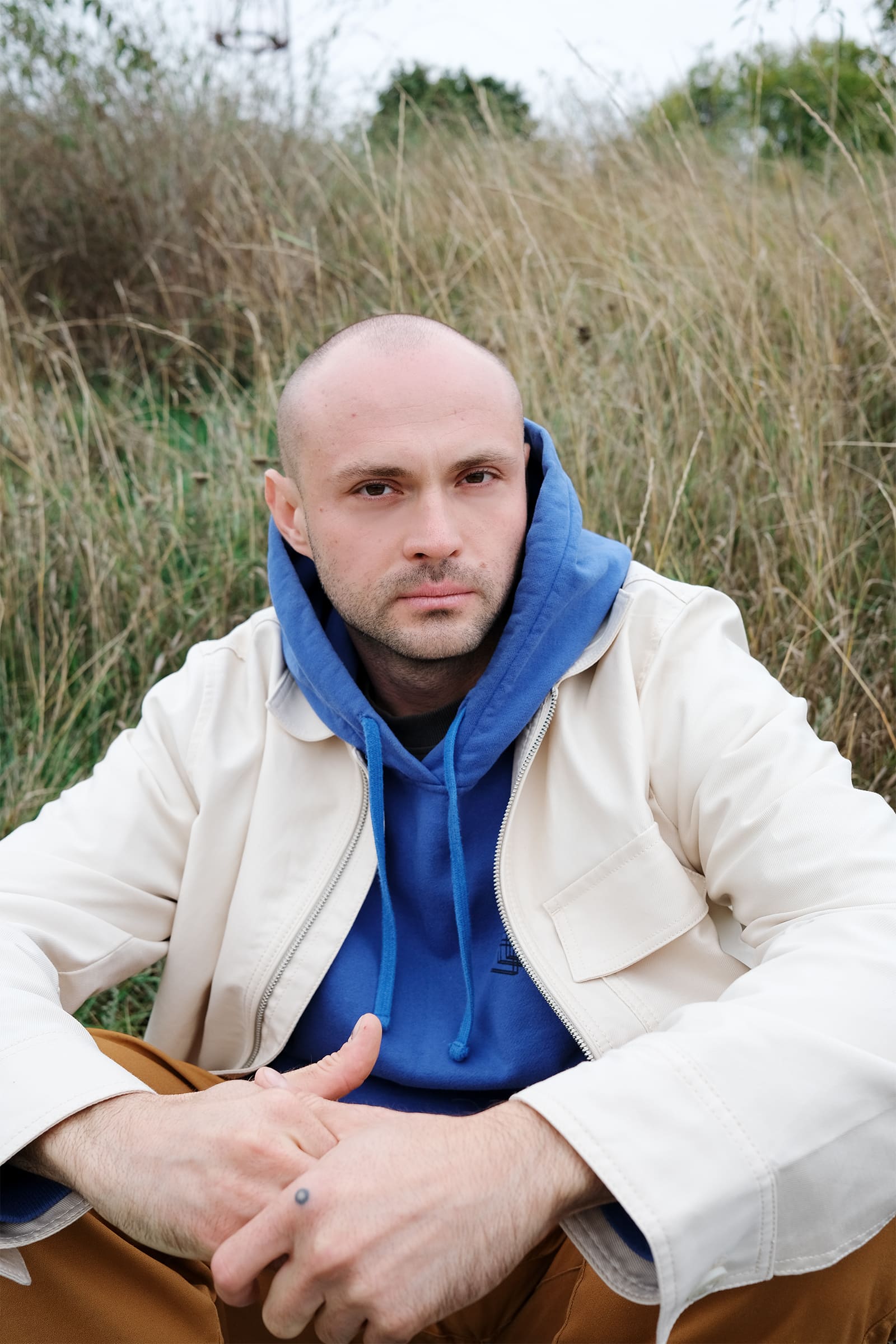
Shouldn’t an artist be hungry?
This statement about the hungry artist has a touch of romanticism. Marina Abramovich lived in a van and traveled around Europe in it, but she came to what she is now only thanks to her rationality.
I am not a hippie, and my current understanding of well-being differs in many ways from the ascetic approach. You can be rich and create; you can create being poor. Each artist chooses what’s right for them. I could be creative without money, but that would be irresponsible.
I could be creative without money, but that would be irresponsible.
Can you create and still earn money in Ukraine?
Here I am, trying. I believe it is possible.
Can participation in photography contests be considered an attempt to make money through creativity?
Each stage in the development of a photographer should be logical. For example, photography contests today are the right and logical step on the path of a beginner photographer. I do not know, however, how things are with wedding photographers. Maybe I am out of context, but I think this is a very routine and uninteresting job — the same as paving. You may lay hundreds of kilometers of asphalt, but you will not make anything new from it.
Haven’t you ever wanted to film a wedding?
I filmed a friend’s wedding; it is the first and last wedding I have photographed. The friend’s parents did not like it: they did not understand why the bride was taken from the back in all the photographs.
By the way, I don’t know who will photograph my own wedding. This could be a problem. On the other hand, I think it will be filmed by all the invited friends, not on phones, but cameras. I wonder what my future wife will say about this.
Photos of Valentin Bo: Svitlana Levchenko
Translated by Lubov Borshevsky
New and best

